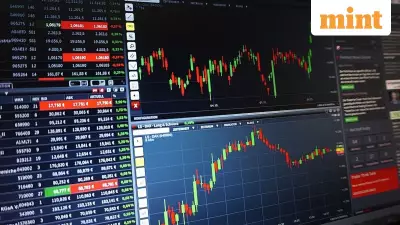
A dramatic silver shortage in India has sent shockwaves through London's commodity markets, creating panic among traders and raising concerns about a potential global supply crisis. The situation has become so severe that it's threatening to disrupt the entire precious metals ecosystem.
What's Causing India's Silver Drought?
India, traditionally one of the world's largest silver consumers, is experiencing an unprecedented supply crunch. Several factors have converged to create this perfect storm:
- Record-breaking imports: India imported over 10,000 tonnes of silver in the first nine months of 2023, far exceeding previous years
- Industrial demand surge: Growing use in solar panels, electronics, and electric vehicles has tightened supplies
- Investment frenzy: Indian investors are pouring money into silver as an alternative to gold
- Supply chain disruptions: Reduced mining output and logistical challenges have exacerbated the situation
London Feels the Heat
The London Bullion Market Association (LBMA), the epicenter of global silver trading, is showing clear signs of stress. Market indicators that typically signal tightness are flashing red, with premiums soaring and delivery times stretching.
"What happens in India doesn't stay in India when it comes to silver," explains a veteran London trader. "The scale of Indian buying has completely overwhelmed the market's ability to supply physical metal."
Global Ripple Effects
The Indian shortage is creating a domino effect across global markets:
- Price volatility: Silver prices have become increasingly unstable
- Inventory depletion: Exchange inventories in London and New York are declining rapidly
- Manufacturing concerns: Industrial users worldwide face potential supply disruptions
- Investment uncertainty: The physical squeeze is creating confusion in paper markets
Why This Crisis Matters to Everyone
Silver isn't just for jewelry and coins anymore. Its critical role in green technology, particularly solar panels and electric vehicles, means this shortage could impact the global transition to renewable energy. Manufacturers may face production delays and higher costs, potentially slowing down climate initiatives.
The current situation represents one of the most significant commodity market disruptions in recent years, highlighting how interconnected global markets have become and how demand from a single country can trigger worldwide consequences.





